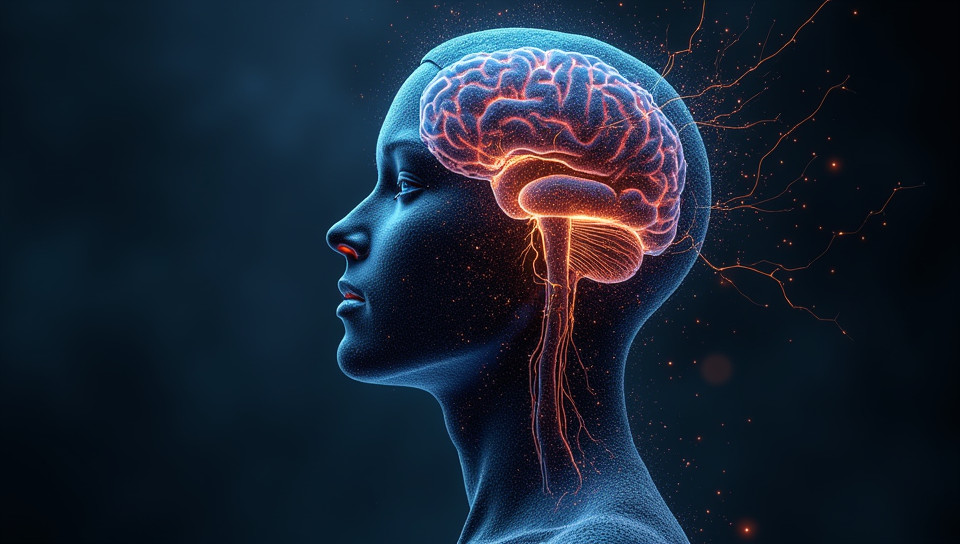Damage to some neural connections cannot be restored 91%

The Limits of Neuroplasticity: Understanding the Irreversible Damage to Neural Connections
Imagine being able to regain lost motor skills, recover from traumatic brain injuries, or even cure neurodegenerative diseases such as Alzheimer's and Parkinson's. While significant advances have been made in our understanding of neuroplasticity, the reality is that damage to some neural connections cannot be restored.
The Complexity of Neural Connections
Our brains are composed of an estimated 86 billion neurons, each connected to thousands of others through a complex network of synapses. These connections enable us to think, learn, and remember, but they can also be damaged or disrupted by injury, disease, or age-related decline.
Causes of Irreversible Neural Damage
- Traumatic brain injuries, such as concussions or strokes, can cause extensive damage to neural connections.
- Neurodegenerative diseases like Alzheimer's and Parkinson's destroy specific types of neurons and their connections.
- Age-related cognitive decline can lead to the loss of synapses and neural connections.
The Limits of Neuroplasticity
While neuroplasticity allows our brains to reorganize and adapt in response to injury or disease, it has its limits. Some types of damage cannot be reversed, and lost neural connections may never be fully restored.
Implications for Recovery and Treatment
- While rehabilitation therapies can help individuals recover some motor skills or cognitive functions, they often rely on compensatory mechanisms rather than restoring damaged connections.
- Current treatments for neurodegenerative diseases focus on managing symptoms rather than addressing the underlying loss of neural connections.
Conclusion
The reality is that damage to some neural connections cannot be restored. This knowledge highlights the need for further research into the causes and consequences of irreversible neural damage, as well as the development of new treatments and therapies that can help individuals adapt and compensate for these losses. By acknowledging the limits of neuroplasticity, we can focus on developing more effective strategies for addressing the complex and multifaceted nature of brain damage and disease.
In conclusion, while significant progress has been made in our understanding of neuroplasticity, it is essential to recognize that some neural connections are irreversibly damaged. This recognition will help us shift our focus towards developing more targeted and effective treatments, ultimately improving the lives of individuals affected by brain injury or disease.
- Created by: Ane Ramírez
- Created at: Nov. 10, 2024, 1:21 p.m.
- ID: 15720









